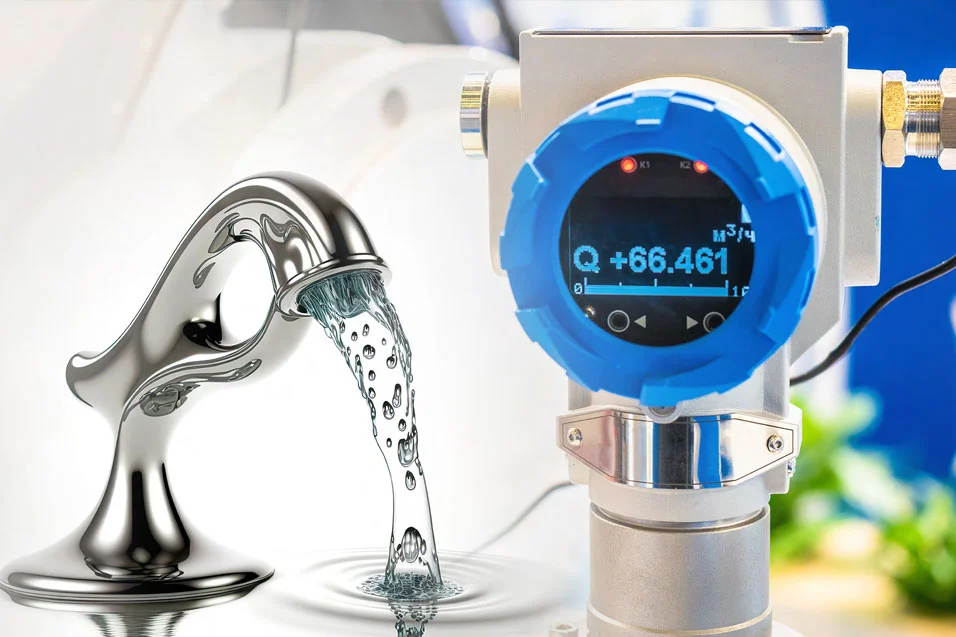What Is Fight Management Systems?
For aircraft operations, performance calculations, and multifunctional navigation, onboard computers known as Flight Management Systems (FMSs) are used. FMSs organize virtual data and operational processes by systematizing all flight-related activities, including closed and open components, from pre-engine checks and takeoff to landing and engine shutdown. To reduce the strain on the flight crew and do away with the necessity for onboard flight engineers or navigators, they are essential to the operation of current avionics systems. By supplying the flight crew and onboard avionics systems with the information required for efficient aircraft operation, FMSs are intended to increase flight safety and efficiency.
The ability to program a route from takeoff to landing is a vital capability of an FMS. To take this route to the specified location, the autopilot or flight director is programmed. On a Boeing 767, the first contemporary FMS made its debut. Now, both small private aircraft and big commercial jetliners are fitted with FMSs or other similar systems. The controls and instruments in flight management systems have expanded with time.
Four basic parts make up a modern FMS
Automatic Flight Control/Automatic Flight Guidance Systems (AFCS or AFGS): Sensor data from various aircraft systems is used by the AFCS or AFGS. If the autopilot is on, the system automatically flies the aircraft in the mode that the flight crew selects. The pilot can fly the aircraft manually along the designated course when the autopilot is off, thanks to the guiding orders!
Flight Management Computer (FMC): A database used by this computer system enables the pre-programming of routes, which are then added to the system via a data loader. By making use of accessible navigational aids, the system continually updates information regarding the position of the aircraft. The process of updating the information automatically chooses the appropriate assistance.
Aircraft Navigation System: A comprehensive system that continuously monitors an aircraft’s location. It has receivers to acquire information from ground-based flight navigation tools as well as GPS and Inertial Reference System (IRS) data.
Electronic Flight Instrument System (EFIS) Or Equivalent: The Attitude and Heading Reference System (AHRS) is used by the EFIS to indicate the state of the aircraft depending on the navigational inputs that are received. The state shown on the EFIS or traditional aircraft instruments shows the impact of the FMS aircraft control.
What Benefits Does a Flight Management System Offer?
It is clear that the flight management system, like any other technological breakthrough, has had a significant impact on mankind. There is no room for mistakes in the calculations and estimates used in the aviation sector. The need for FMS has grown as a result. Several benefits include:
- The pilots’ tasks are made simpler, and they have more time to think: Due to the crew members’ reduced duty, this is extremely visible. It facilitates work on the aircraft. Additionally, pilots have adequate time to think things through and make wiser judgments.
- More precise efficiency profiles: FMS reduces human error and increases the accuracy of the majority of flying operations.
- It enhances navigation precision: By integrating and cross-referencing with many sources, the flight management system offers more precise navigation.
- It raises awareness of the circumstances: The flight management system aids in enhancing pilots’ overall situational awareness. Minor nuances can be easily missed, but the FMS helps eliminate that and offers the pilot additional information.
Operations of Flight Management System
Navigation: Flight management systems offer the navigational data required to build a flight plan for an aircraft to get from point A to point B. The navigation database that comes with FMS makes this capability possible. Every 28 days, the FMS Navigation Database (NDB) is updated to reflect the most recent navigational data. An FMS provides ARINC data pertinent to its capabilities and functionality.
Navigation Database includes:
- Airways
- VHF omnidirectional range (VOR), instrument landing systems (ILS), distance measurement equipment (DME), and non-directional beacons (NDBs) are examples of radio navigation aids.
- Waypoints/Intersection
- Airports
- Runways
- Holding patterns
- Instrument approach procedure (IAP)
- Standard terminal arrival (STAR)
- Standard instrument departure (SID)
Before takeoff, the flight plan is decided by the pilot of a smaller aircraft or the professional dispatcher for larger aircraft on the ground. You can input it manually into the FMS, choose it from a list of frequently used flight paths, or enter it via the ACARS datalink with the airline dispatch center.
Also, the FMS receives additional information related to flight management, such as fuel weight and gross weight. If required, a pilot can modify the flight plan using the FMS. The flight plan appears as a magenta line on the navigation display (ND) of the EFIS..
Position Determination: FMS’s main goals are finding an aircraft’s location while it is in flight and evaluating the accuracy of that information. A simple FMS determines the location using one sensor and GPS. VORs are one of the several sensors used by the modern FMS to collect and confirm accurate data. Typical integrated sensors are:
- Given their high performance and accuracy criteria, GPS receivers used in aircraft serve as the principal sensors.
- Secondary sensors include radio aids designed for aircraft navigation, such as:
- Every 10 seconds, Distance Measuring Equipment scanning devices determine a position by concurrently referencing the distances from five different DME stations.
- The bearings are from Very High-Frequency Omni-Directional Range (VOR) With just a little precision, two VOR stations can be used to calculate an aircraft’s position.
- To detect the location of an aircraft, Inertial Reference Systems (IRS) use accelerometers and ring laser gyros. Independent of any external sources, these gadgets deliver incredibly precise measurements. The weighted average of three distinct IRSs is used to calculate a bearing known as a “triple mixed IRS”.
The sensors are cross-checked by an FMS to produce the precise and final aircraft location. The present performance of a navigation system is known as Actual Navigation Performance (ANP), given in nautical miles. To estimate the precise position, one has to know the Required Navigation Performance (RNP), which refers to the precision of the navigational tools. The aircraft’s ANP value must be less than the RNP to operate in some airspaces, and a smaller ANP value corresponds to a more precise FMS location.
FMS determines the path based on the flight plan and aircraft position. This route is flown manually or automatically by a pilot. The speed, pitch, or altitude objectives are displayed in the lateral flight plan mode labeled as LNAV. The VNAV vertical flight plan mode sends roll steering instructions to the autopilot.
Vertical Navigation: Modern commercial jetliners are outfitted with advanced VNAV systems for precise vertical route estimates and optimization. The system provides instructions for managing the throttle and pitch axes. To construct a vertical route based on the lateral flight plan, an FMS needs comprehensive information on the flight and engine model.
The starting aircraft weight, fuel weight, and other factors are used by the FMS to build a vertical profile in the pre-flight mode. Climbing to cruise altitude marks the beginning of the vertical trek. Despite being pricey, VNAV integration results in significant fuel savings during cruise and descent. An aircraft’s reduced weight enables it to fly at greater altitudes, increasing its ability to burn fuel efficiently. The ECON speed, which is determined by the system, is the one with the lowest fuel burn rate.
The FMS employs the Required Time of Arrival (RTA) to arrive at a specific waypoint, which aids airports in planning arrival slot timings. The VNAV determines the TOD, or top of descent point, from which an effective descent may start. The plane adjusts pitch as necessary to keep the predetermined course of descent intact.
Final Thoughts
In the field of aviation, the usage of flight management systems is crucial. The effort and mistake risks have both decreased because of the flight management systems. It’s entirely appropriate for the aviation industry to achieve this breakthrough in a world where technological advancements are commonplace. A one-stop solutions supplier in crucial avionics for commercial, corporate, military, and UAV programs, eInfochips has experience in avionics systems that are compatible with DO-254, DO-178B, DO-178C, DO-160, and ARP-4754 standards. Most of the effort is devoted to supporting DAL-A systems that are compliant with FAA and EASA and that cater to the hardware, software, and system engineering demands of international aerospace firms. Additionally, we provide mechanical engineering services for avionics systems. To know more about key offerings in DO-178B/C Firmware/Software Development, DO-254 ASIC/FPGA/Board Design, and many more click here. To contact our team of experts click here.















